Sports brands typically use influencers for two main goals: driving fans/loyalty and merchandise/ticket sales.
But there’s a use case that isn’t as apparent. Sports brands have to sell their team members as influencers for partnerships.
Influencer marketing works well for sports brands because it’s a thriving and diverse market. Along with fans across the world having their favorite teams–more people than ever are getting into the game themselves thanks to new technology in the sports and fitness industries.
According to a study by A.T. Kearney, today’s global sports industry is worth up to $620 billion–including infrastructure, sporting goods, licensed products, and live sports events.
Let’s cover the three main reasons sports brands are utilizing influencer marketing and a few brands doing it well:
1. Driving Fans and Loyalty
One of the most popular ways to use influencer marketing, in general, involves increasing brand awareness. So it only makes sense that sports-related brands would take advantage of athletes’ popularity to drive more brand loyalty.
However, UnderArmour, a large sports brand, builds loyalty from the ground up by recruiting not-yet-famous players and sponsoring them through their rise to sports fame.
According to MarketingWeek, “Central to Under Armour’s growth has been signing up athletes before they hit superstardom. Rather than go straight for the big names, it is reaping the rewards of a ‘more patient’ strategy.”
And they’ve seen outrageous success with their sponsorship methods: “Golfer Jordan Spieth was ranked number seven in the world and he’s now the champion. Nike passed on [basketball player] Stephen Curry… We got Curry and now he’s the hottest thing in the NBA.”
Brands like UnderArmour are surely benefitting in new, loyal fans as they support emerging athletes across different sports that quickly become household names.
2. Selling Tickets and Merchandise
Inherent in any sports team’s marketing strategy is personalized promotions of its players. This use of top players as influencers drives more live event tickets sales and purchases of team-branded merchandise.
During the 2019 FIFA Women’s World Cup, the US Women’s National Team posted frequent Instagram stories highlighting players leaving games and inviting viewers to attend their next match. The team also did story takeovers where individuals players showed “behind the scenes” clips from training, traveling, their team roommates, and more.
Not only did this help connect fans to their favorite players, but it gave them an “insider” feeling to the inner workings of their chosen team.
The team officially partnered with Nike for the soccer gear for players and fans, so these stories also meant players could promote official jerseys with their names on them. Plus, Nike and the USWNT also used the team’s branded Instagram and other social media platforms to highlight the pre-sale of the USWNT’s winning World Cup jersey.
3. Positioning Players for Partnerships
Most people think of the first two reasons for choosing influencer marketing for your sports-related brand, but sports influencer marketing also helps teams position their players for partnerships (and helps individual athletes position themselves to move up within their sports).
A major entertainment brand used Sideqik to facilitate a partnership between a major artist on their talent roster and a tourist destination. The goal was to help improve the location’s perception as a must-see travel destination.
One of the artists’ music videos was shot in on-location in collaboration with the tourism board in that area, and the artist also shared travel content from their social media accounts while on-location. Using Sideqik’s tool, the entertainment brand’s campaign generated over $14 million in earned media value.
The way that this big music brand used Sideqik is similar to how a sports team could in order to generate similar results with players.
For example, a team could position a star player visiting the well-known spots in their hometown to generate more visitors to travel to attend sports games (helping the local city’s economy too).
The possibilities are endless!
Don’t Waste Time Planning Your Sports Brand Influencer Marketing Campaign
Strikingly, data from AgilityPR shows that “approximately 35 percent of sports marketers who are running influencer programs spend more than 20 hours a month managing the process and nearly 10 percent of those marketers are spending more than 80 hours a month on management.”
Don’t waste time with multiple tools, manually merging and analyzing data. Sideqik’s all in one influencer marketing platform can help you through every step of the process–from Discovery through to Collaboration and Engagement.
Talk to one of our influencer marketing experts about how you can save time with Sideqik today.
Nancy Rothman
Latest posts by Nancy Rothman (see all)
- How Travel Brands Can Use Influencer Marketing to Stay Afloat as the Pandemic Continues - February 22, 2022
- Influencer Marketing Trends to Watch (And Prepare For) in 2022 - December 31, 2021
- A Guide: How to Recruit the Right Influencers for Your Brand - December 30, 2021

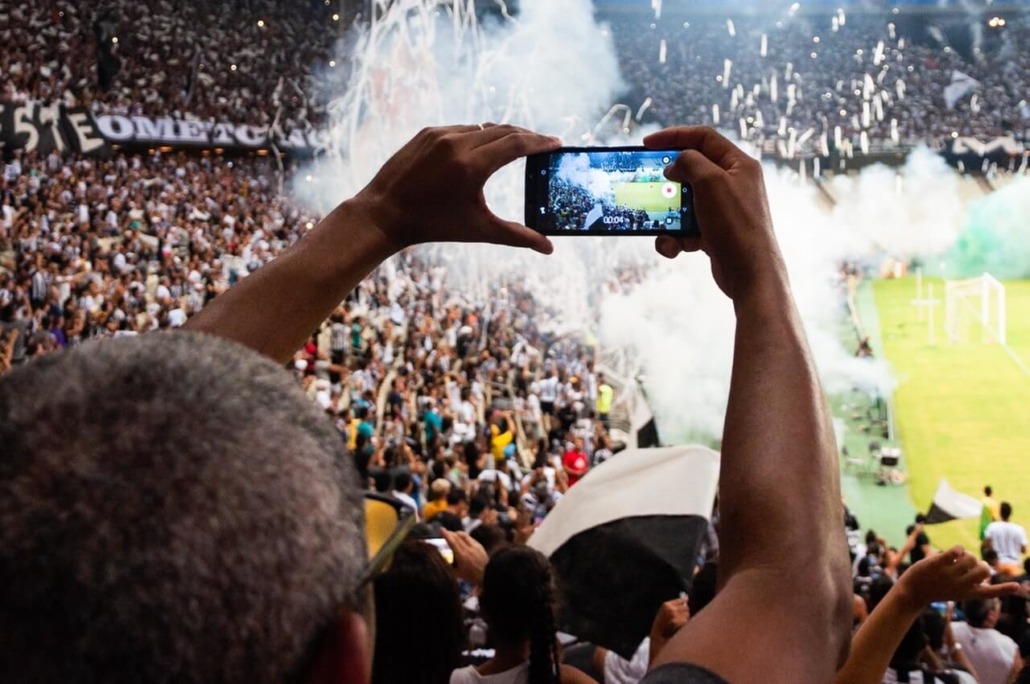
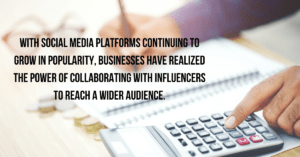
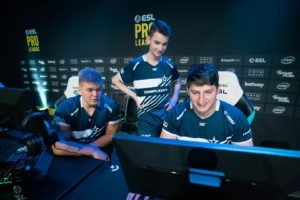
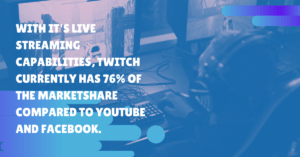
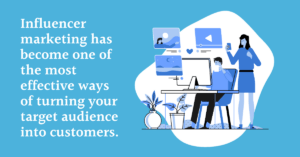
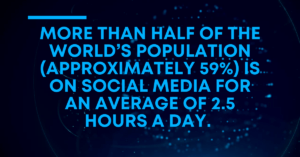

2 Responses
If you have troubles with writing your academic papers, they will show you how to finish it with the best quality…Assignment Help USA
I compliment the effort put towards creating this content, its quite relevant and interesting college of health science jahun admission 2023